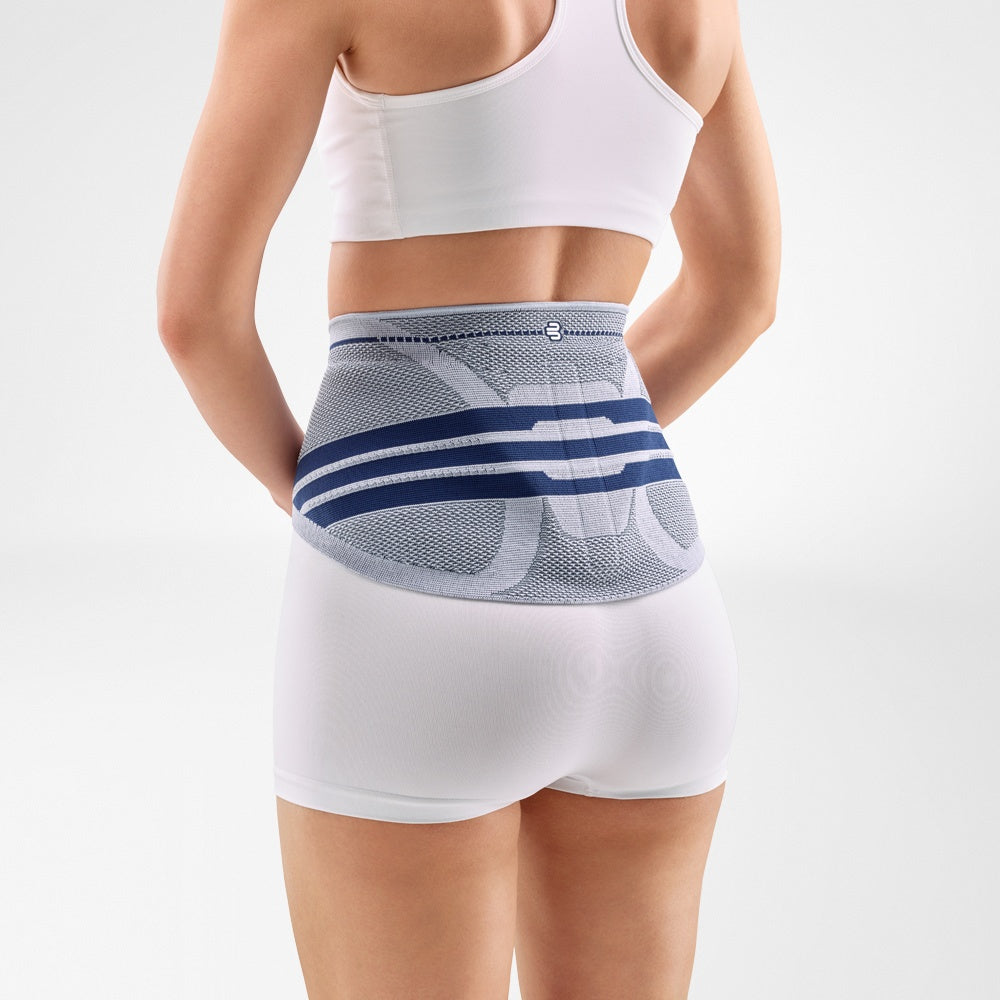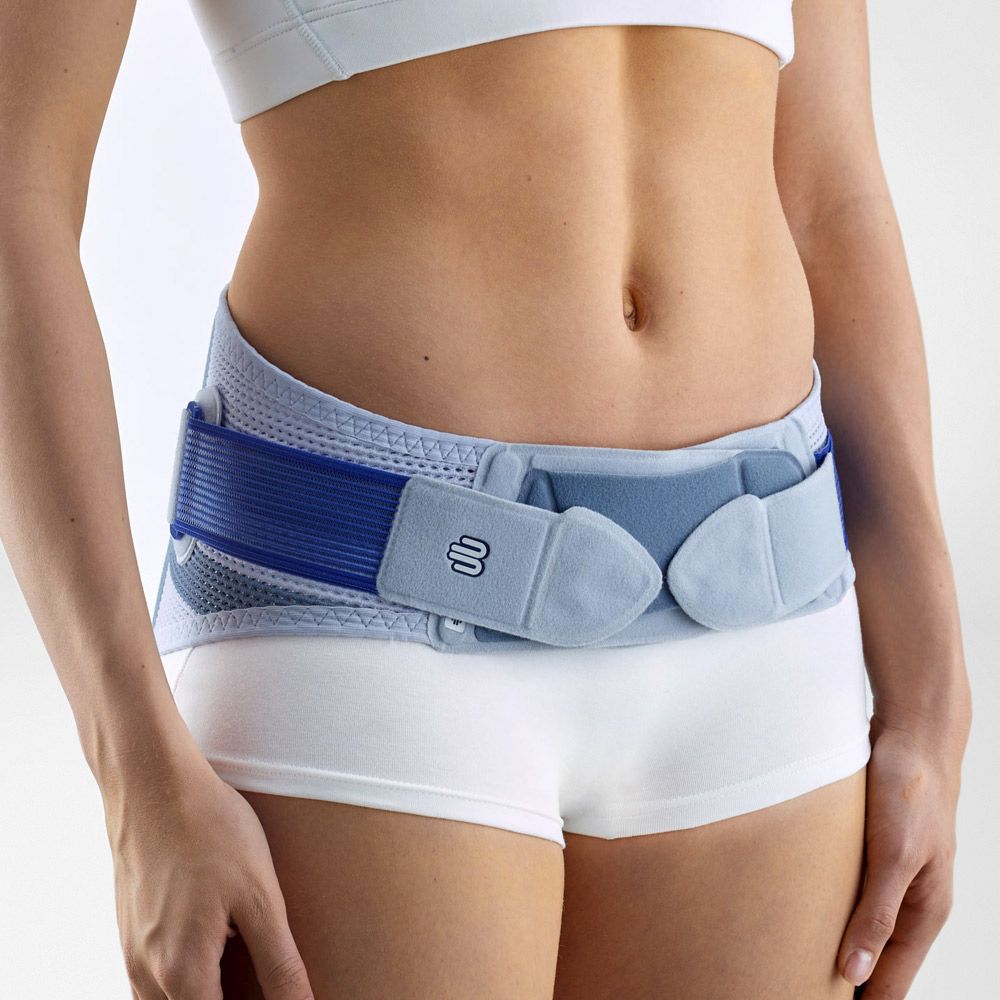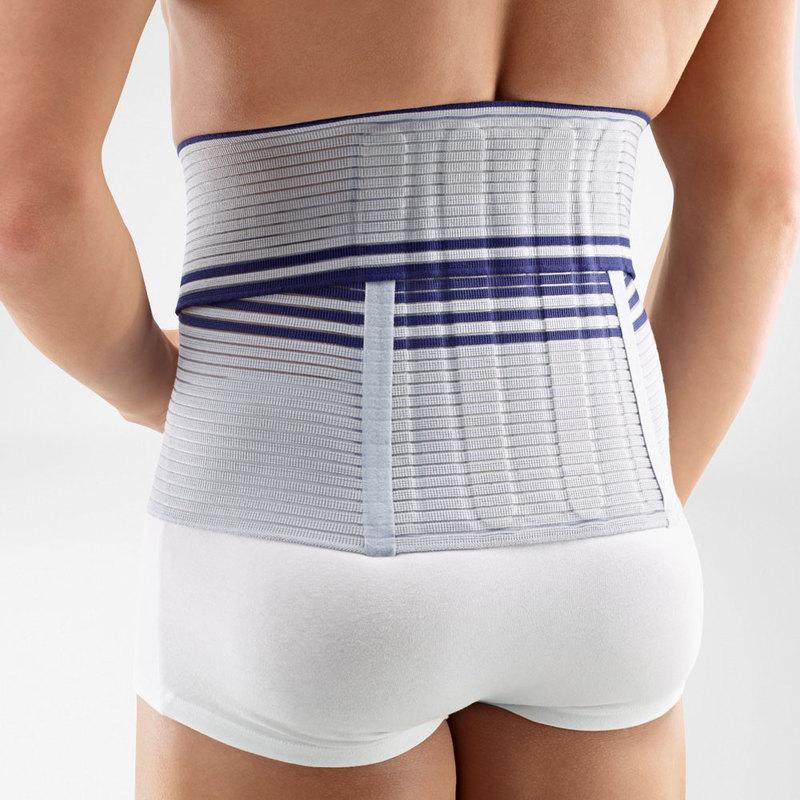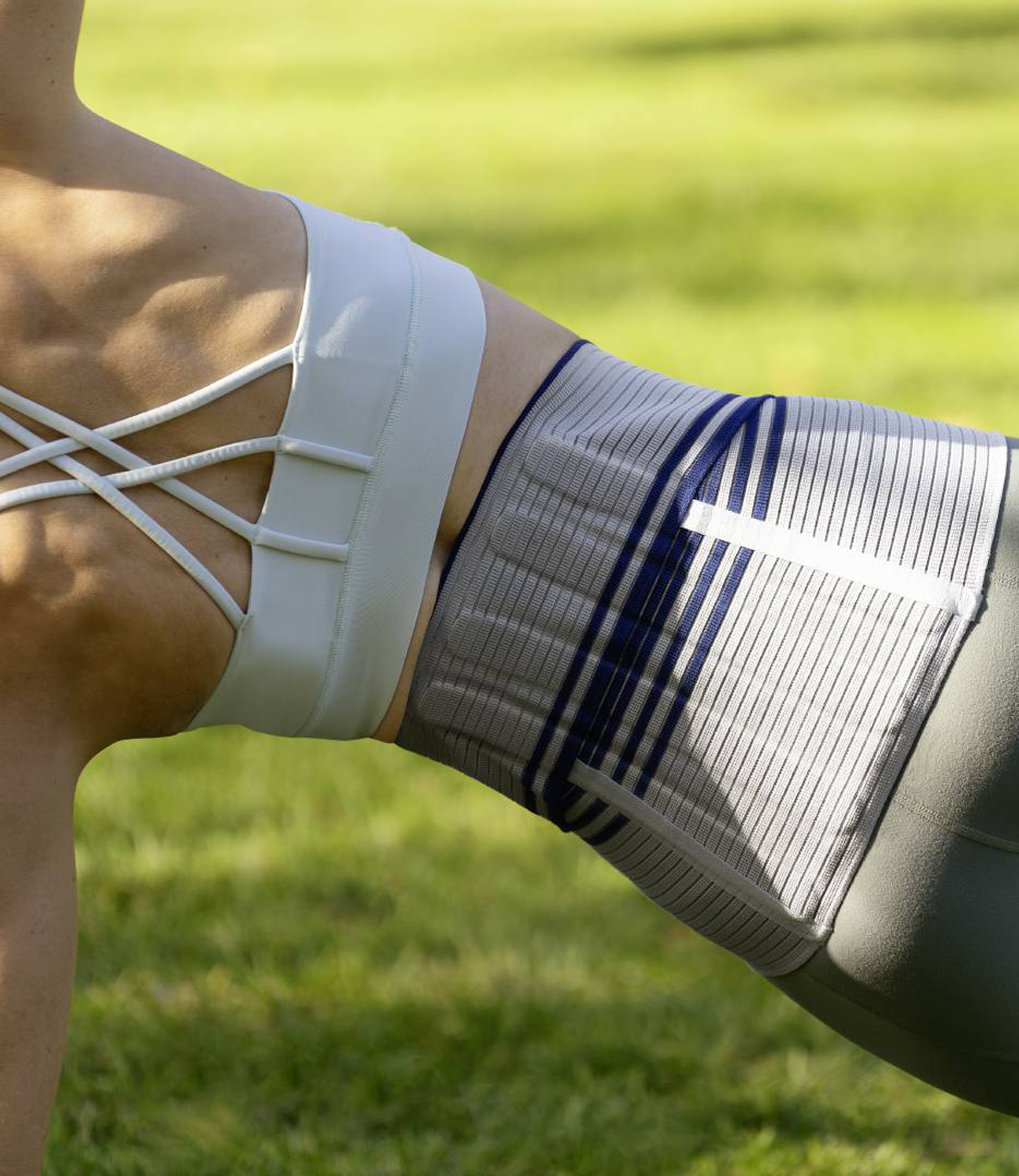According to Statistics Canada, back problems are among the most common chronic conditions in Canada.¹ Four out of five adults will experience at least one episode of back pain at some point in their lives.²
Understanding the Spine
The spine is the main structural supporting element of our body, the base on which all other "functional elements" such as the head, arms, legs, and torso are attached. Viewed from the side, the spine has a double S shape. It curves forward in the cervical and lumbar areas, and backward in the thoracic and coccyx areas.
The 24 solid vertebral bodies enclose the spinal cord in the spinal canal. The flexible discs that connect the vertebral bodies act as shock absorbers in the spine. This allows them to absorb daily stresses such as walking, running, and jumping. A complicated mechanism made up of ligaments and muscles keeps the spine taut and upright. Unfortunately, these finely tuned structures are also prone to injury.
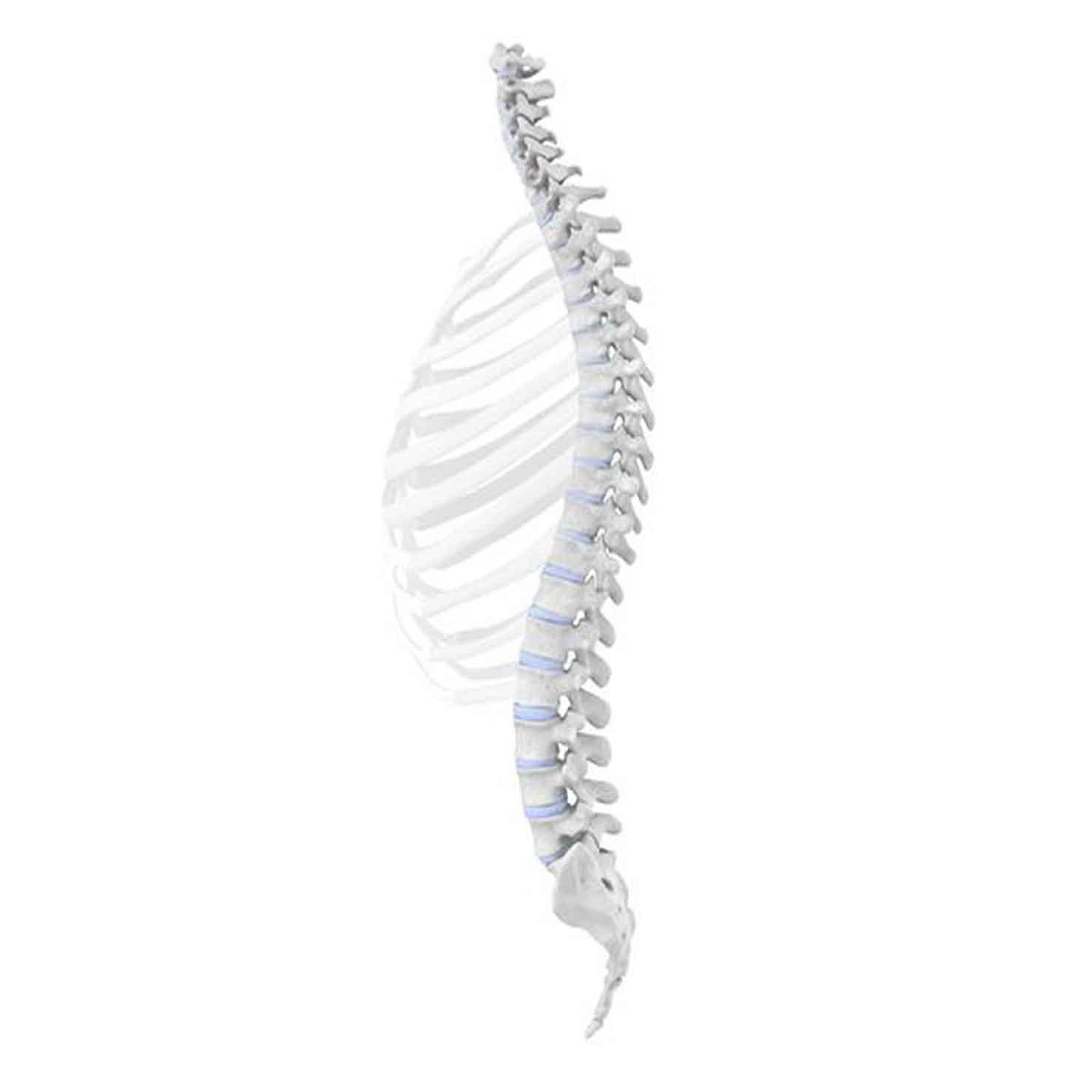
The spine is always under stress, at least as long as we are sitting, standing or walking. The lumbar spine in the lower part of the back bears the main weight of the body. That’s why the lower back is the most frequent location for back pain to occur.
Causes and Symptoms of back pain

Non-Specific Back Pain
Non-specific back pain refers to a general condition of pain without a clear diagnosis. This is the case for more than 80% of patients with back pain.
The causes can be a complex combination of factors, including muscular insufficiencies, injury, stress load, and social factors.
However, one thing is true for nearly all non-specific back pain: It occurs in episodes and generally comes back after subsiding.
Up to 84% of patients who experience non-specific back pain report recurring pain within 12 months.³ The intervals until the back pain returns can become shorter and shorter and the respective pain phases longer and longer. If back pain lasts for three months, it is called chronic back pain.
Causes of chronic back pain can include underlying conditions such as osteoporosis, arthritis, and other structural and degenerative conditions.
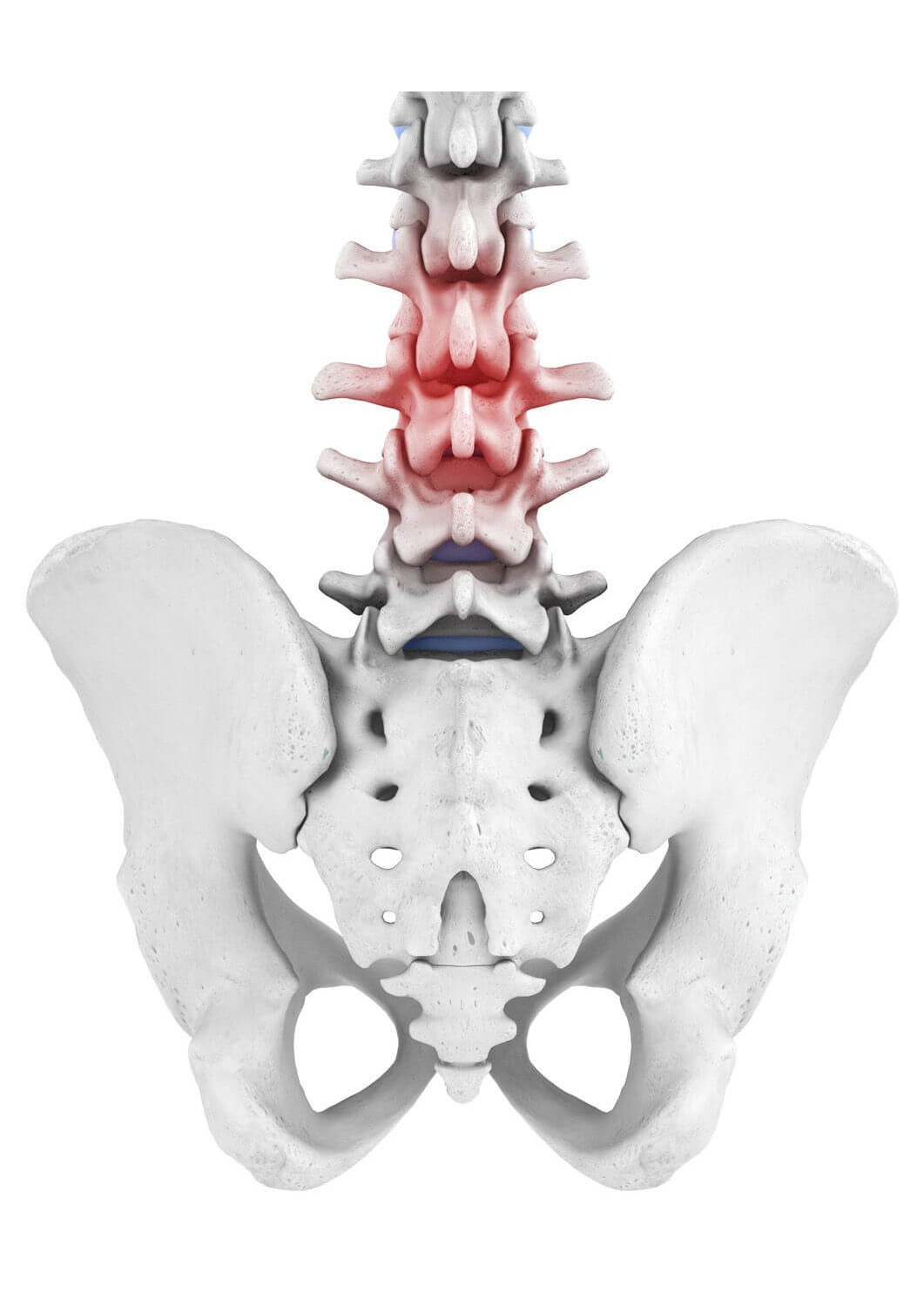
Lower Back Pain
Non-specific lower back pain is the most common type of back pain.
Depending on the cause, symptoms of lower back pain commonly include:
- Sharp/shooting pain
- Rigidity/cramping (spasm) of the muscles
- Radiating pain in the sciatic region and down the legs
- Reduced range of motion
- Pain during prolonged standing/sitting
- Pain when trying to stand up
Sometimes, lower back pain can be confused with pain in the SI joint. SI joint pain symptoms can include stabbing or dull lower back pain, mostly on one side, that can worsen when standing, climbing stairs or walking.
TREATING BACK PAIN
Immediate treatment for acute lower back pain can include rest and anti-inflammatory medication to relieve pain. Warming pads or baths may also help to relieve tense muscles. Slowly incorporating gentle stretching and activity, with the support of a back brace, can help increase blood flow, relax muscles, and relieve pain. For more severe pain with underlying medical conditions, physical therapy, injections or even surgery may be necessary.
As back pain can be a chronic condition it is important to take a holistic approach to treating pain and implement care measures into your everyday life. These include promoting movement, relieving tension, strengthening muscles, reducing stress, ensuring relaxation, and building mental resilience.
Bauerfeind Back Braces and orthoses
Bauerfeind's back braces and orthoses support and relieve your back. They help to reduce your pain and promote mobility.
The specially developed Train knit fabric exerts a compressive effect on the muscles as you move. This, paired with strategically placed massage pads, stimulates circulation, activates muscles, and promotes healing.
Bauerfeind back braces and orthoses provide you with a comfortable and secure fit, offering your back the perfect anatomical shape. Made in Germany, the materials of our products are top quality, providing you with maximum wearing comfort, even when worn for extended periods.
Our products are durable, washable, and breathable.


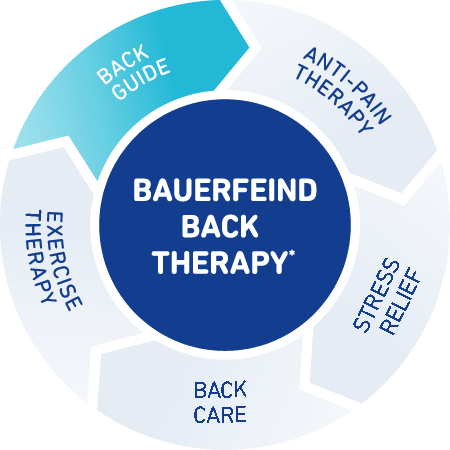
Bauerfeind Back Therapy
The back guide is one of five therapy modules, get to know the other modules here!
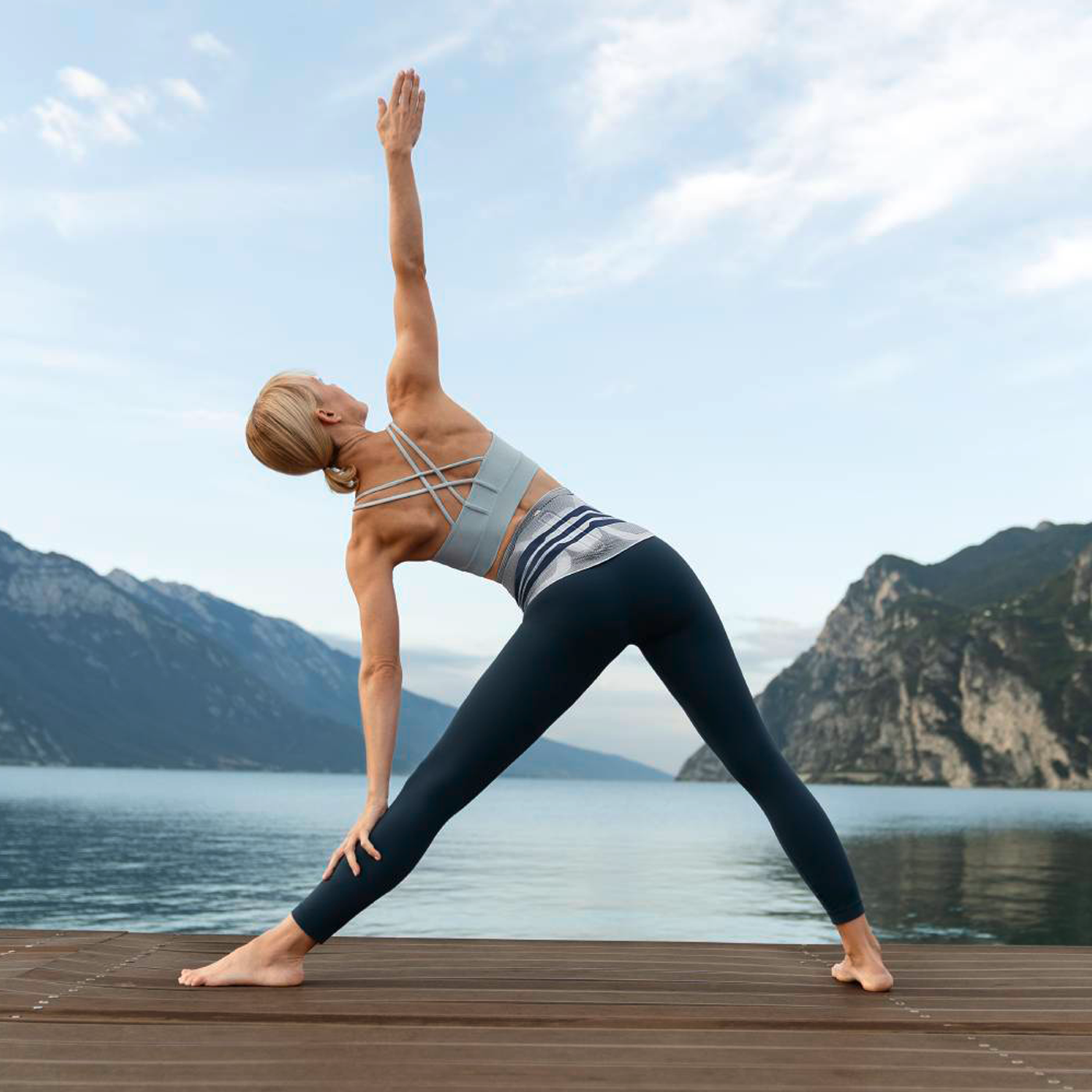
Back Therapy
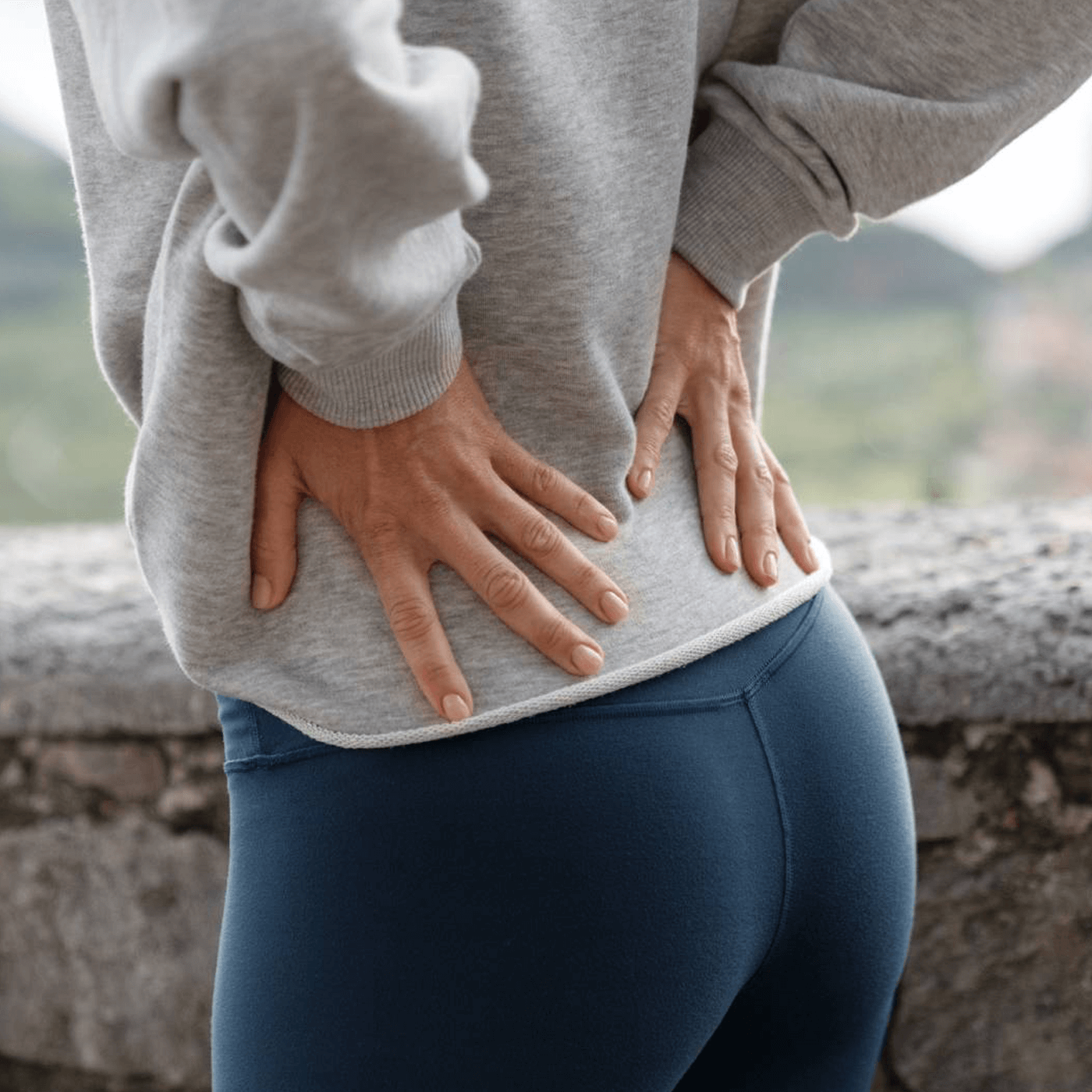
Anti-Pain Therapy

Exercise Therapy

Stress Relief
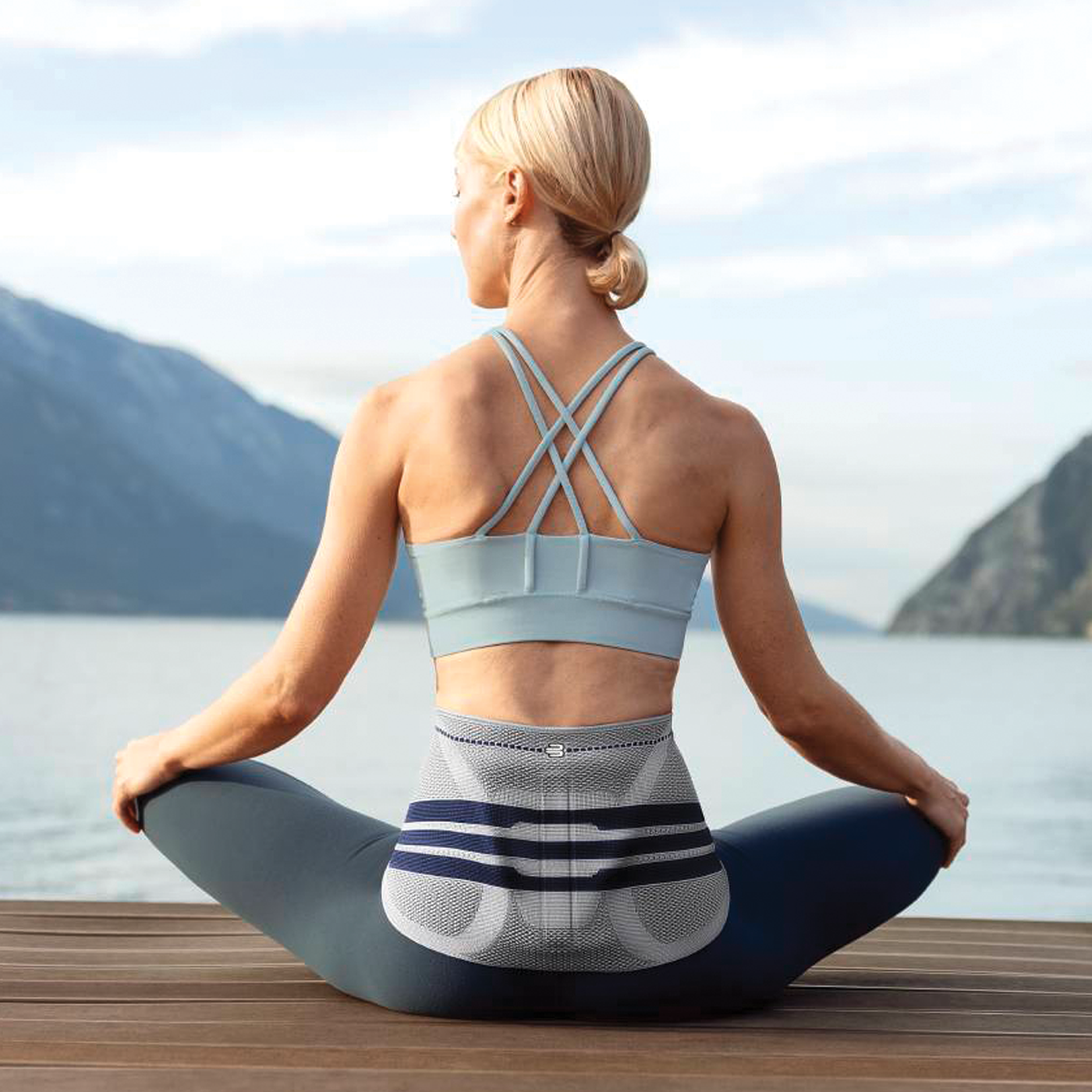
Back Care
¹ Schultz SE, Kopec JA. Impact of chronic conditions. Health Reports 2003; 14 (4): 41–53. [Statistics Canada, Catalogue 82-003].
²McPhillips-Tangum CA, Cherkin DC, Rhodes LA, Markham C. Reasons for repeated medical visits among patients with chronic back pain. J Gen Intern Med 1998; 13: 289–295.
³Casser, H.-R. et al.: Rückenschmerzen und Nackenschmerzen. Springer-Verlag Berlin Heidelberg 2016



